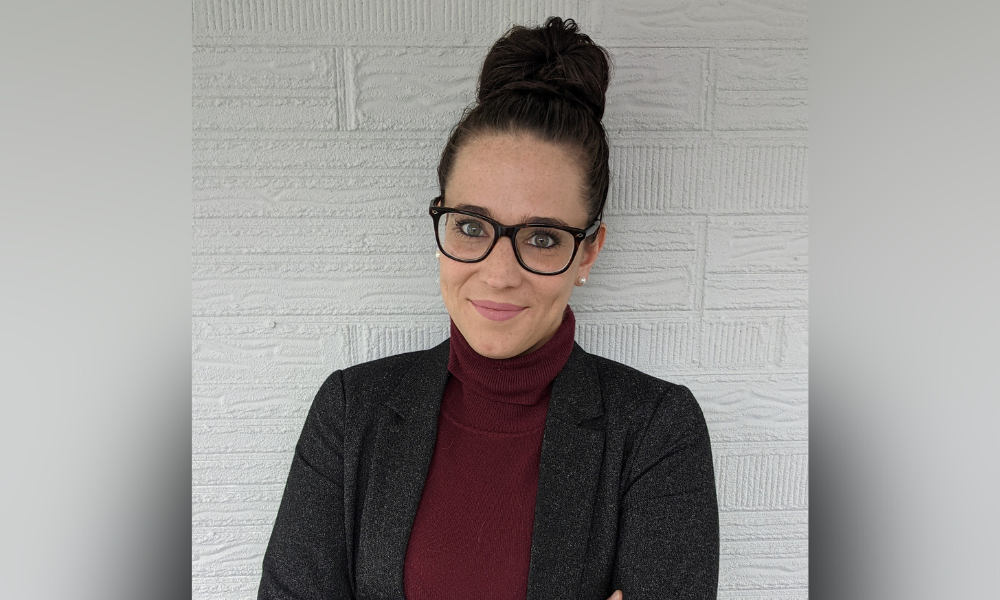Inspectors have 'all the rights' when coming into your workplace

Even for the most compliant workplaces, inspections can be a daunting prospect. Workplace inspections are conducted by whichever regulatory board in the province enforces legislation (in B.C. this would be WorkSafeBC, in Ontario inspections are conducted by the Ministry of Labour).
Workplaces cannot refuse an inspection, “they have to let the inspector in, and they have to provide whatever documentation they’re asking for,” says Catherine Bergeron. “They basically have all the rights when coming to your workplace.” Bergeron is Health and Safety Team Lead at HR and safety consultancy Peninsula Canada.
Inspections can occur really anytime. Some workplaces can go ten years without having an inspection. And some, once they get on the radar, are going to get inspected every year.
Proactive and reactive visits
There are two different types of workplace inspections: proactive visits and reactive visits. Proactive visits are “random” says Bergeron, and focus on any type of business and any type of workplace. Some inspectors have blitzes where they focus on specific topics such as workplace violence and harassment. In these cases, Bergeron explains that inspections will go into businesses and ask them to see their workplace violence and harassment program.
Workplaces will not be notified ahead of time that these inspections are taking place, and they won’t really know what inspectors are looking for – they could ask specific questions or go in a more general direction. Bergeron says that most of the time they will want to see your health and safety board – because on the board you have your policy statement, the names of your joint health and safety committee, the latest report of inspections, etc.
“Having a good health and safety board that is up to date with all the requirements is a really good start to show an inspector that you are complying with the legislation,” she says.
And then reactive visits are those that are triggered either by a complaint or an accident. If there is a serious incident that occurs at your workplace (and that needs to be reported), most likely an inspector will come and investigate “to make sure that firstly it doesn’t happen again, but also that the employer is compliant and that they’re doing everything they can to prevent such things from happening,” says Bergeron.
If a worker feels that their workplace isn’t safe, that they’ve done everything they could to raise the issue, and that nothing is being done to fix the issue, they can report the relevant regulatory body to report the situation (anonymously or not) and trigger an investigation. Bergeron says that we see this a lot in case of workplace harassment.
Best practices
What types of hazards should employers be looking for in the workplace? This depends on the workplace, says Bergeron. “In general, you should just do risk assessments and be prepared for your due diligence, identify your hazards and make sure that you have control measures in place.” She also says to make sure to communicate measures to employees.
Mostly what she recommends is simply to collaborate with inspections. “Most of the time, [inspectors] are really collaborative, they are coming more in an educational spirit.”
Bergeron says that their goal is not necessarily to go on-site to nitpick for a big fine. “Their goal is to come on-site, see where the gaps are, tell you where they gaps are and most of the time they’re going to give you an order to comply.” She says that this isn’t particularly scary, just the inspector asking you to improve compliance. And the workplace will have a certain timeframe to make the changes.
“Collaboration with the inspector really is your best approach,” says Bergeron. “Working with them instead of confronting them, or not letting them see what they want to see, then you’re usually exposing yourself to trouble.”





